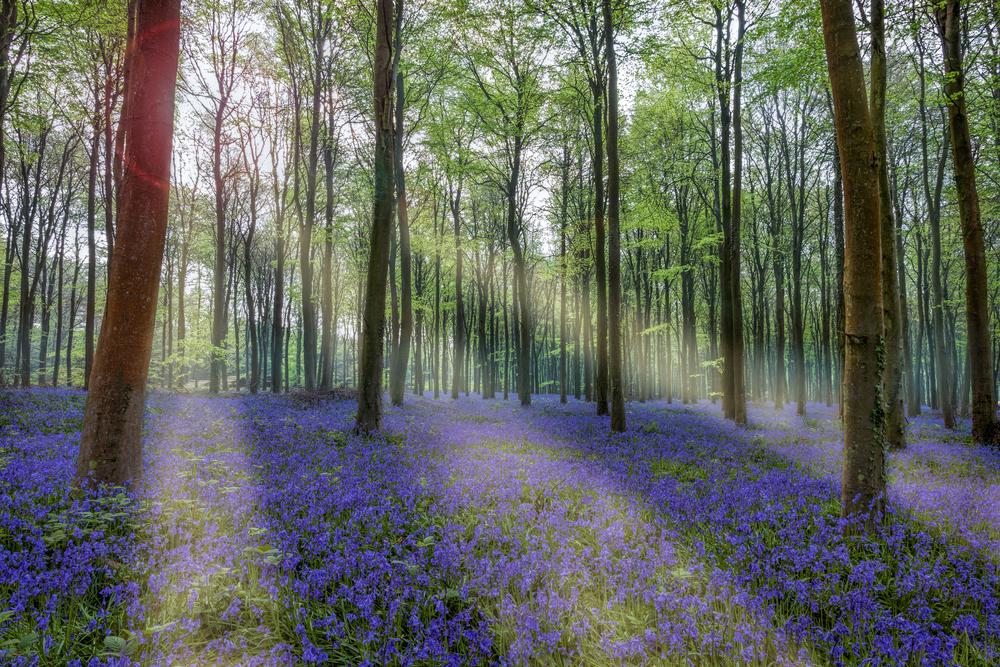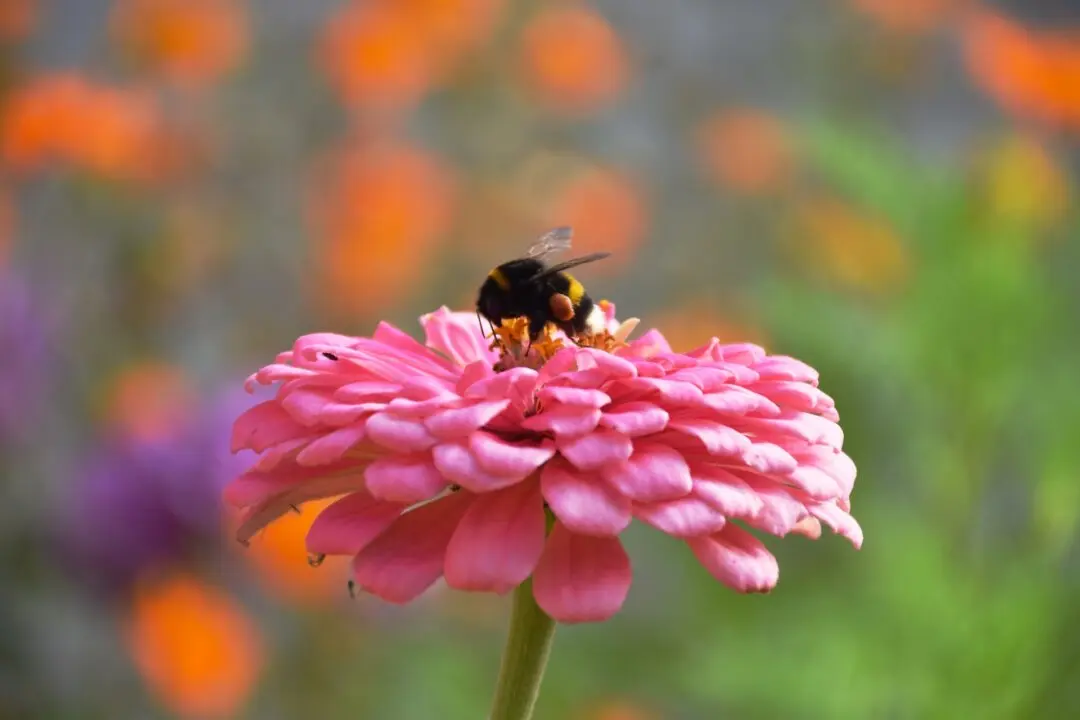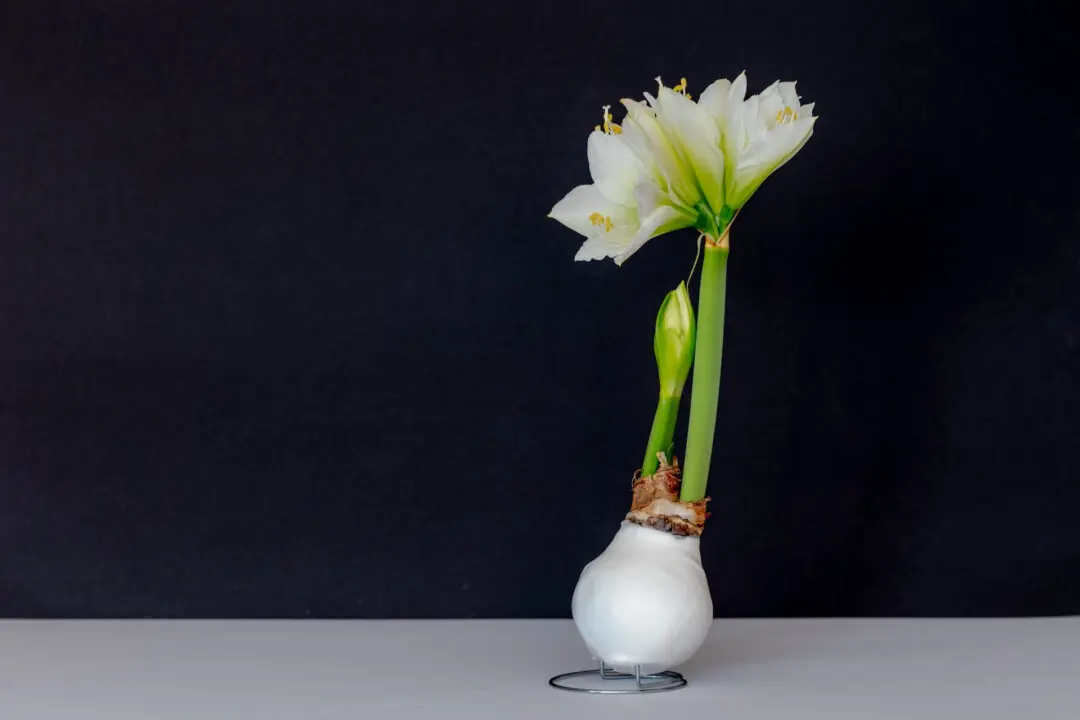Spring is moving north. One way we know that is to look at the early spring ephemeral wildflowers. These flowers are designed to leaf out, bloom, produce seeds, and then go dormant before the landscape becomes too shady. Some of them keep their leaves all summer, and some go dormant as the summer heat comes.
Anyone who has spent much time in the woods during the spring will recognize a few of these flowers, but a couple may be new.





